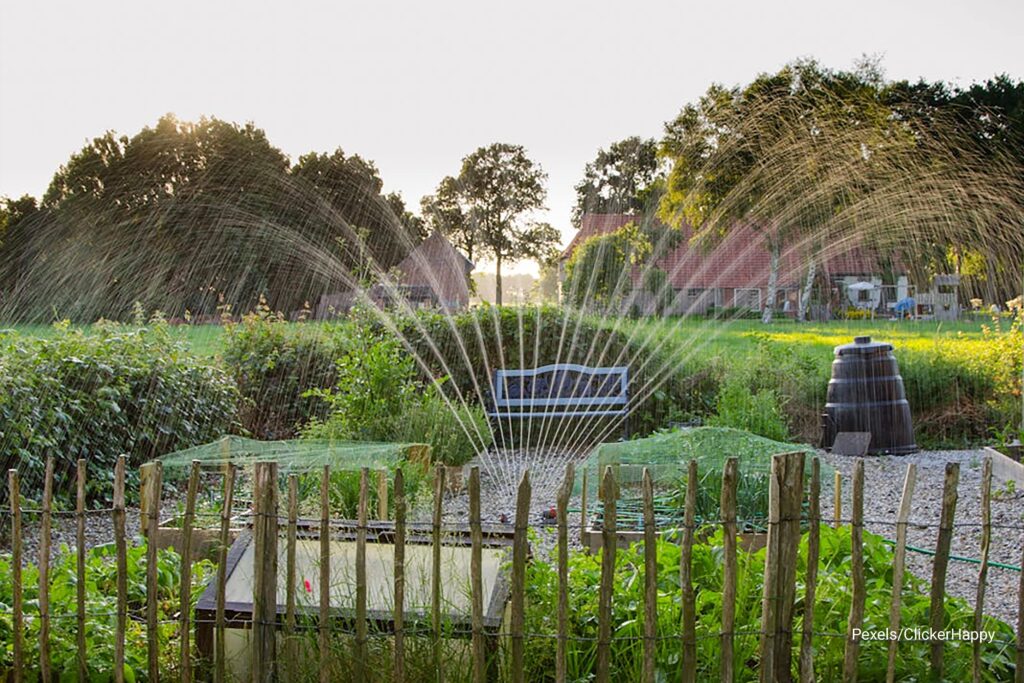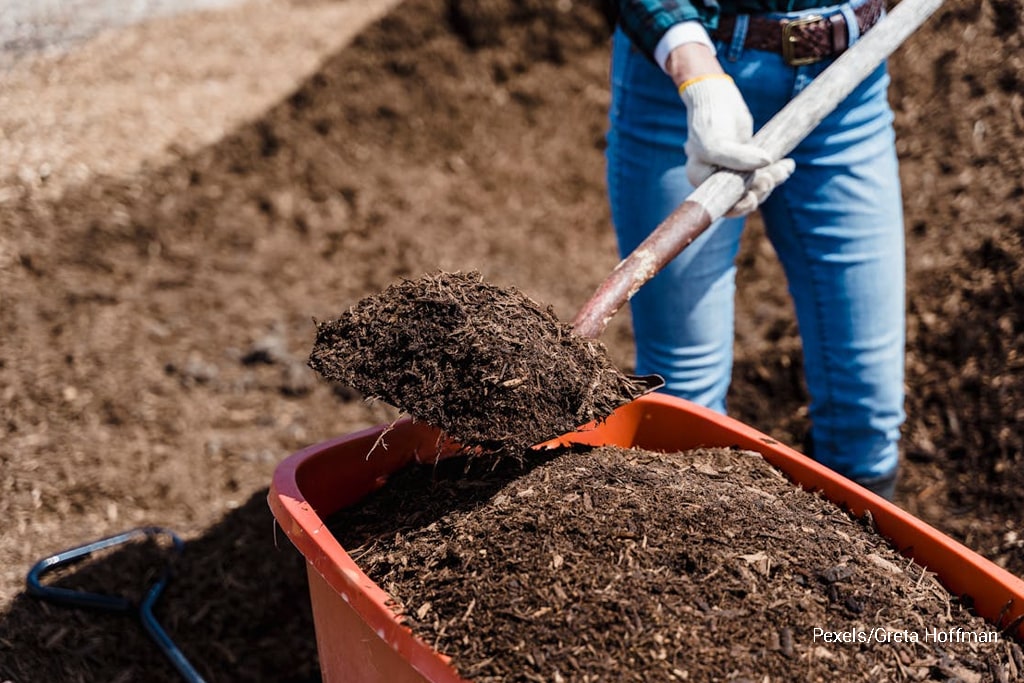- Choose Drought-Resistant Plants: Select native or adapted plants that naturally withstand dry conditions. These plants typically require less water, fertilizers, and pesticides.
- Implement Efficient Irrigation: Use drip irrigation, soaker hoses, or smart sprinkler systems that deliver water directly to the roots, reducing waste.
- Apply Mulch: Mulching around plants helps retain soil moisture, suppress weeds, and regulate soil temperature.
- Design for Water Conservation: Incorporate features such as rain gardens, permeable pavements, and contouring to maximize rainwater infiltration and reduce runoff.
- Maintain Your Landscape: Regular pruning, mulching, and soil health management ensure plants remain healthy and water-efficient.
- Plan Your Landscape: Map out your yard considering sun exposure, wind patterns, and existing natural features. Group plants with similar water needs together to optimize irrigation.
- Use Native and Drought-Tolerant Plants: Incorporate species such as succulents, lavender, sedum, and native grasses that thrive with minimal watering.
- Install Efficient Irrigation Systems: Upgrade to smart controllers that adjust watering schedules based on weather conditions. Use drip emitters for flower beds and shrubs.
- Water Deeply and Infrequently: Deep watering encourages deep root growth, making plants more drought-resistant. Avoid frequent shallow watering.
- Utilize Rain Barrels: Collect rainwater from rooftops to irrigate your garden, reducing dependence on municipal water supplies.
- Maintain Soil Health: Improve soil with organic matter to enhance water retention and plant health.
- Reduce Lawn Areas: Replace traditional turf with native ground covers, gravel, or mulch to decrease water needs.
Creating a water-efficient landscape is essential for conserving water resources, reducing utility bills, and promoting environmental sustainability. A water-smart garden not only minimizes water consumption but also enhances the aesthetic appeal and ecological health of your outdoor space. This comprehensive guide provides practical tips and strategies to transform your yard into a water-efficient haven.
Understanding Water-Smart Landscaping

Water-smart landscaping, also known as xeriscaping, involves designing and maintaining a garden that requires minimal supplemental water. It emphasizes the use of drought-tolerant plants, efficient irrigation techniques, and thoughtful landscape planning to optimize water use. The goal is to create a resilient, attractive landscape that thrives with less water.
Key Principles of Water-Smart Landscaping

Practical Tips for a Water-Smart Yard
Benefits of Water-Smart Landscaping
Adopting water-smart landscaping practices offers numerous advantages, including significant water savings, lower maintenance costs, and a healthier environment. It also increases property value and creates a more sustainable outdoor space that can withstand drought conditions.
Saving Water in Your Landscapes
Transforming your garden into a water-efficient landscape requires thoughtful planning, plant selection, and maintenance. By implementing these tips, you can enjoy a beautiful, functional, and environmentally responsible outdoor space that conserves water and supports local ecosystems. Embrace water-smart landscaping to contribute to water conservation efforts while enhancing the beauty and resilience of your yard.





